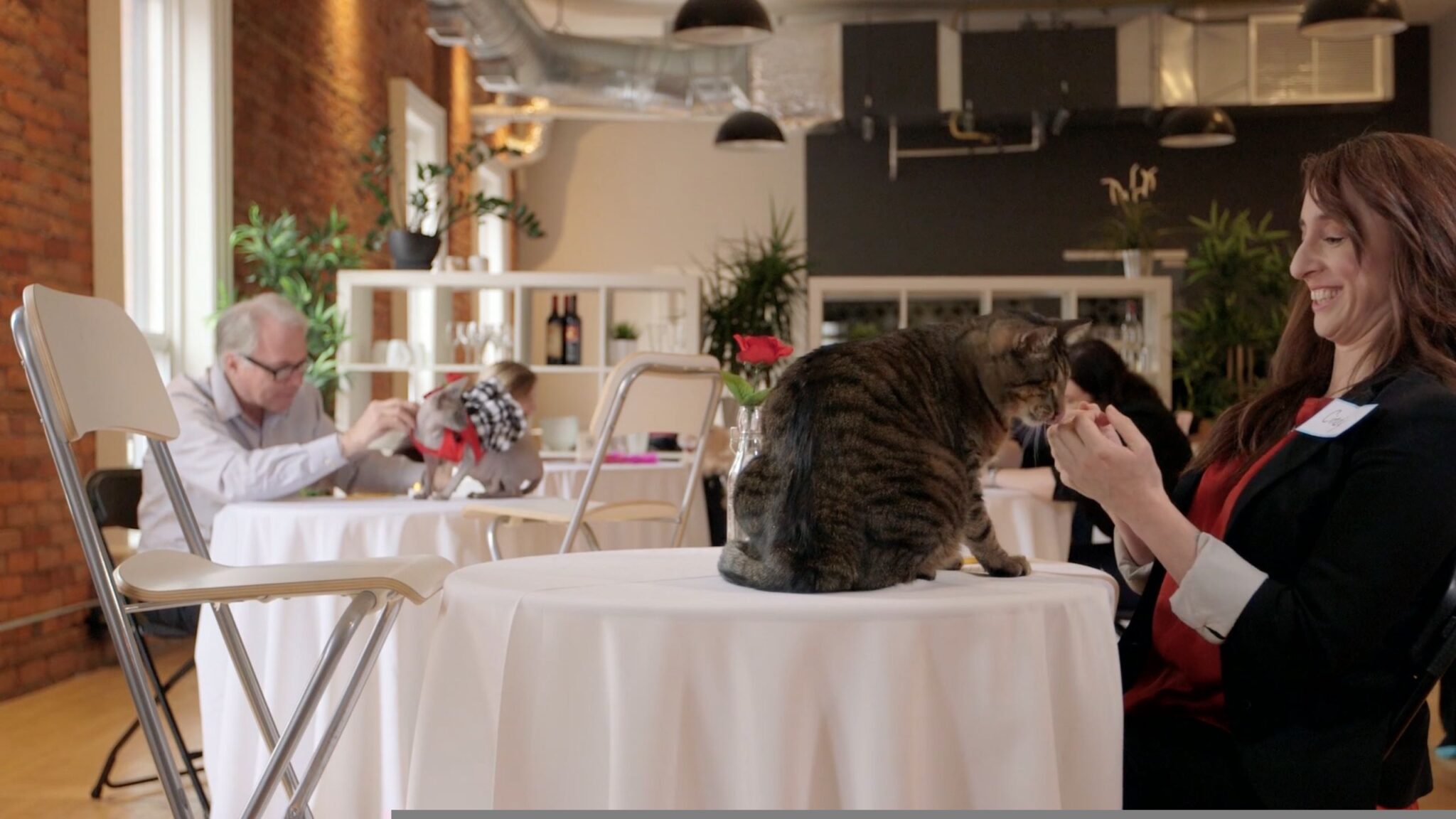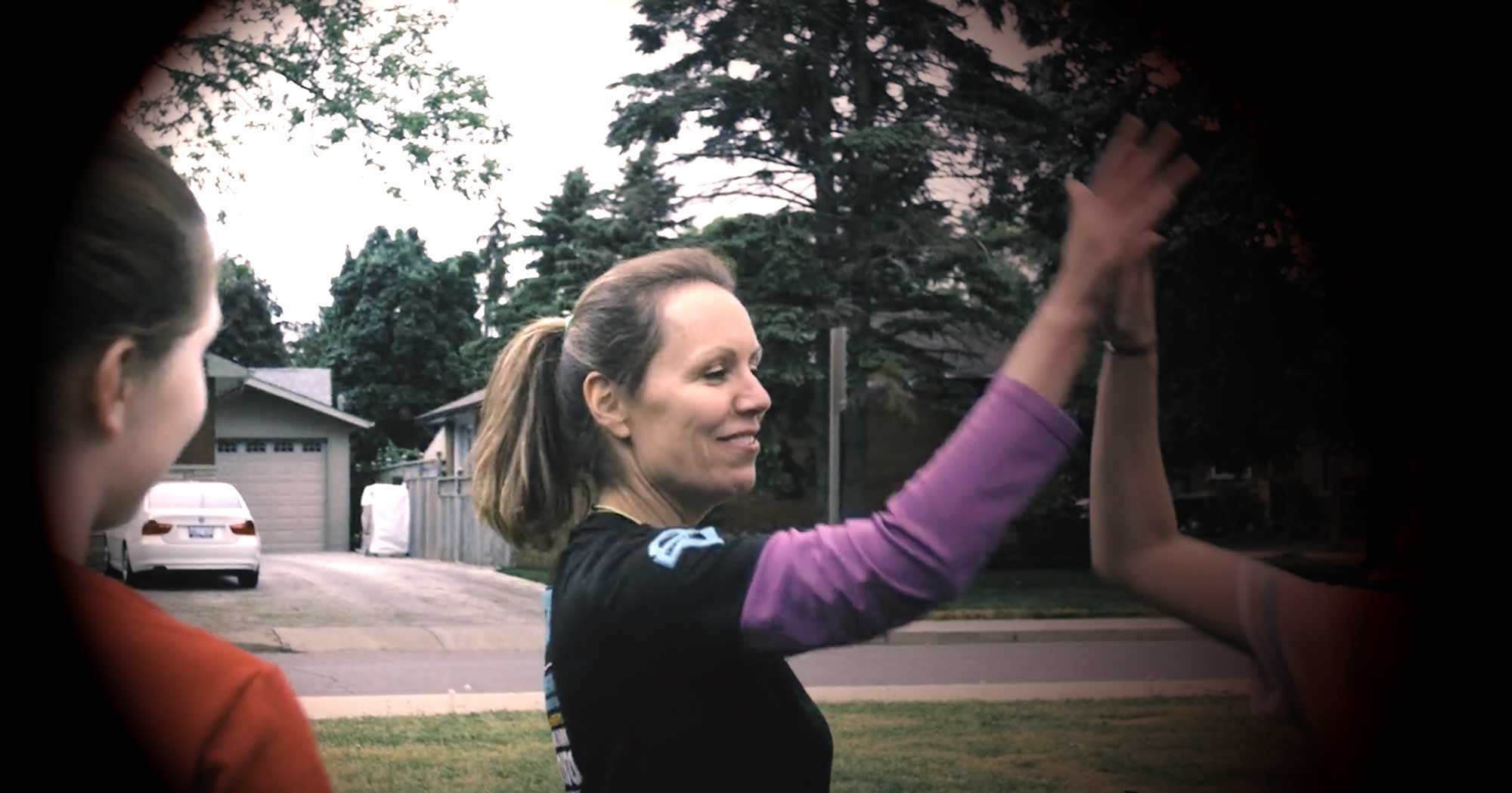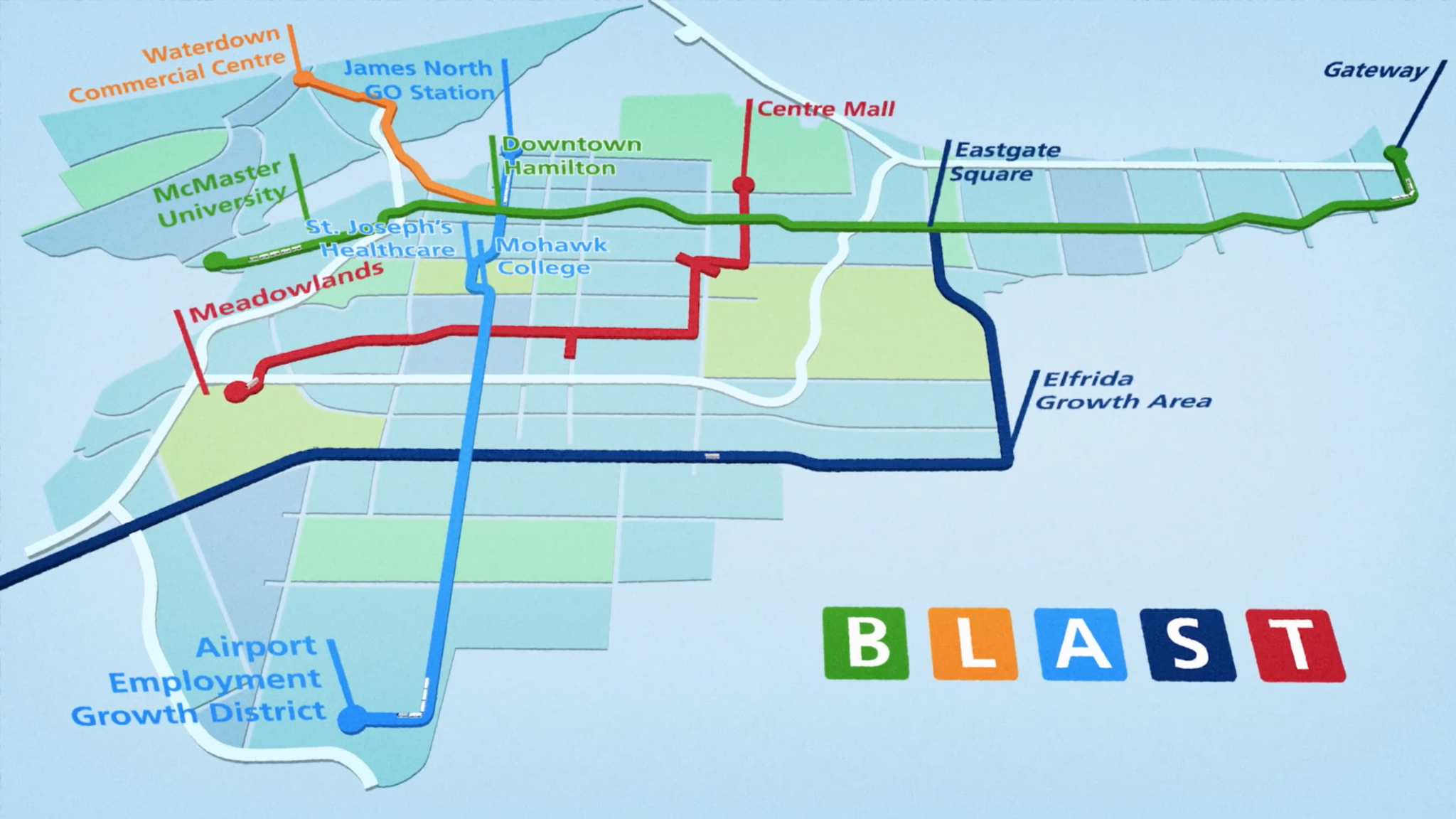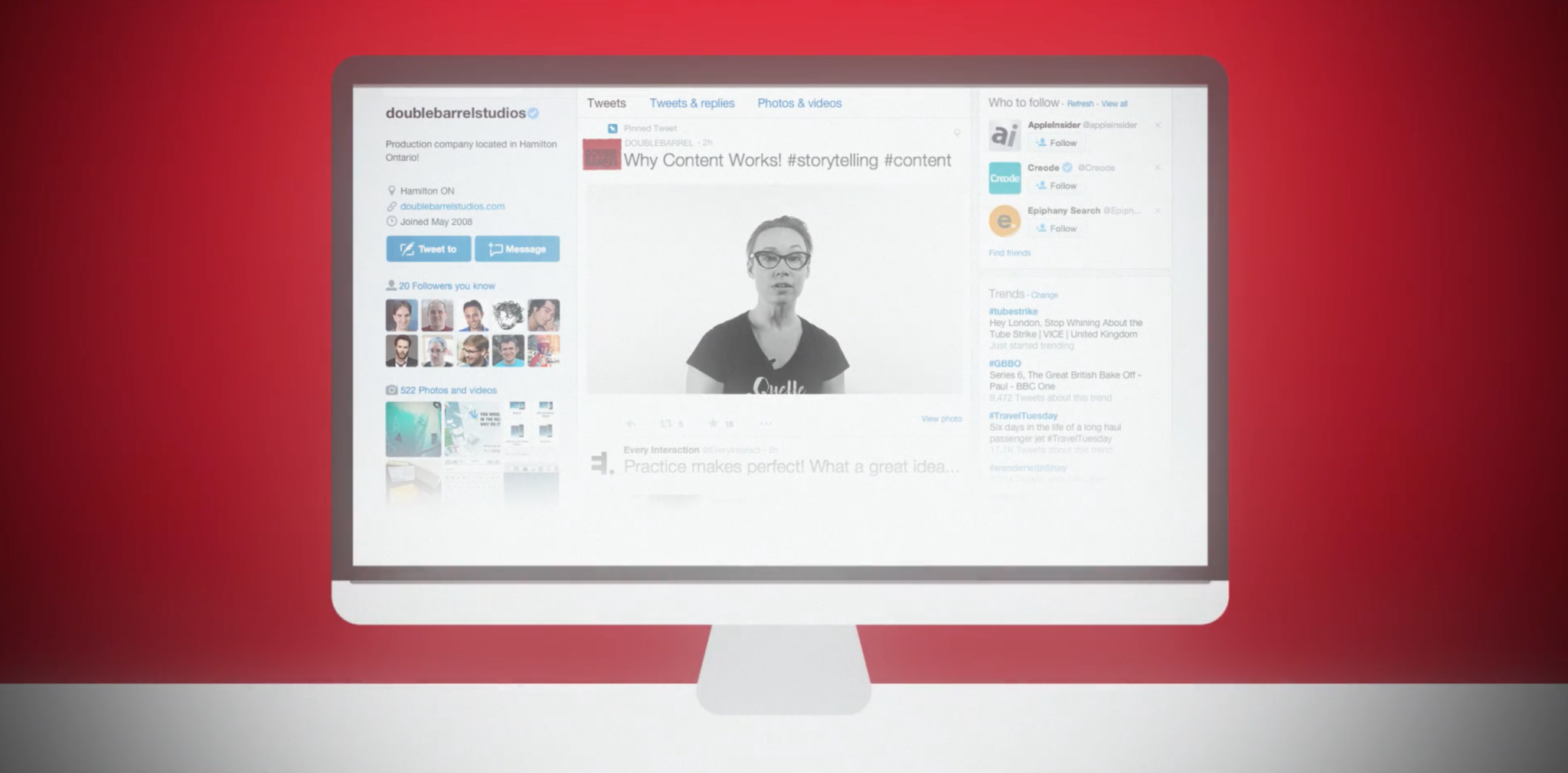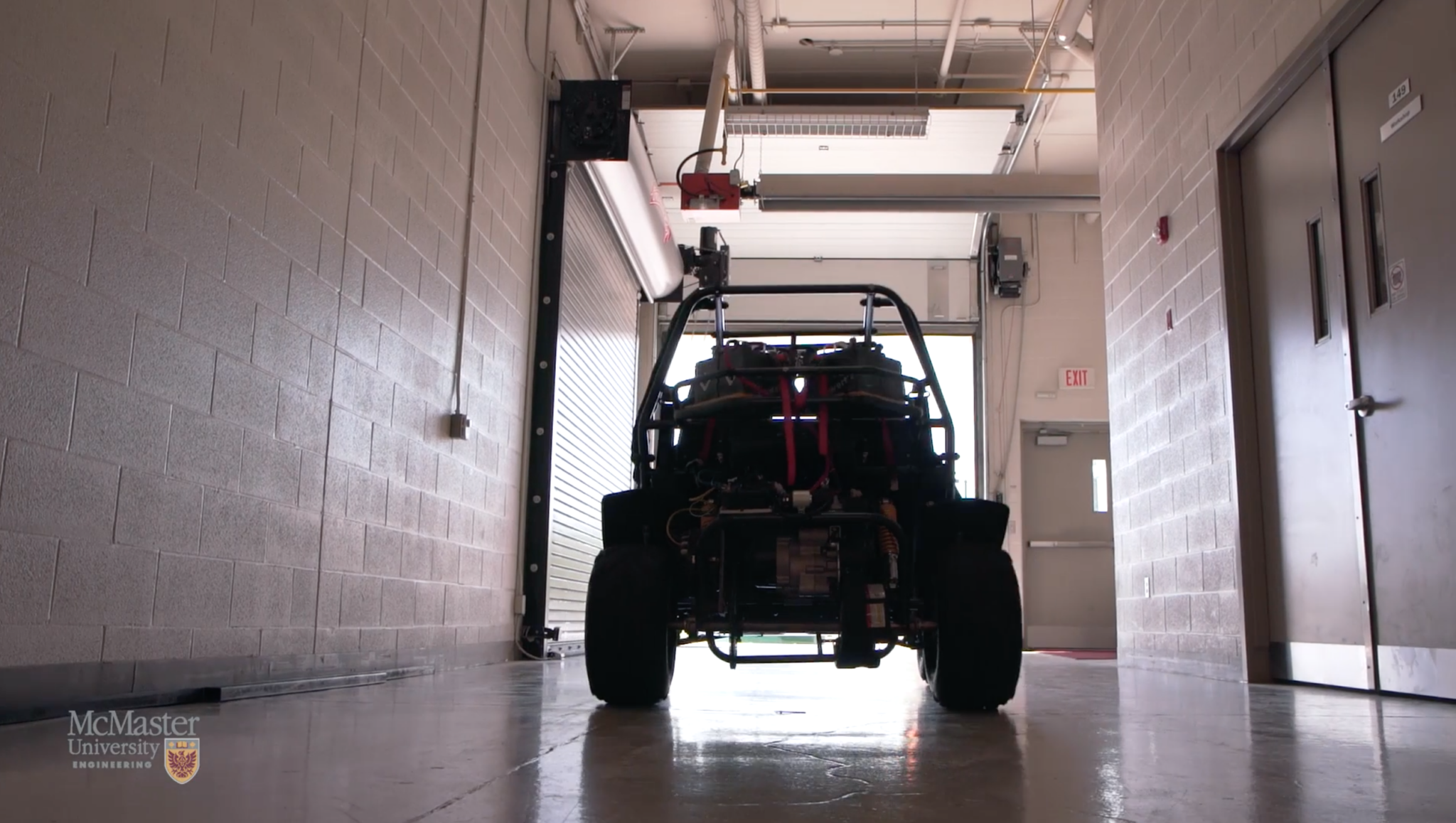-

PROJECT LAUNCH: Premier Tech Home & Garden
This past November, Double Barrel partnered with Premier Tech Home and Garden to bring you ‘From the Garden Shed’ ~ a bite-sized branded content series…
-

Project Launch: Hamilton – Burlington SPCA
With nearly 10,000 hits in one day, this could be our biggest launch yet! SO excited to share this hilarious little piece we produced for…
-

Project Launch: Family Enterprise Exchange
At Double Barrel, we love working with organizations that inspire. So we were thrilled when Burlington advertising agency PLAY asked us to collaborate on this…
-

Project Launch: City of Hamilton: BLAST Network
Double Barrel is a firm advocate for #LRT in Hamilton, so when city staff asked us to create a video bringing their BLAST Network vision…
-

The Production Diaries: PA vs. PM
by: Clayton Burns People often ask me “Oh, so you’re in media? What exactly do you do?” To be honest, there is no simple answer.…
-

From the Edit Suite: Why We Love Creative Cloud
by: Zakk DiSabatino One of the pillars of a good video is the editor sitting behind the computer. That editor relies on his or her…
-

PROJECT LAUNCH : W Booth School of Engineering Practice & Technology
“Inspiring innovative leaders who will transform the world” What characteristics will define the next generation of engineers? Will it be scientific aptitude? Grasp of global…
-

Grand Challenges
When I wake up in the mornings, I spend a few minutes reading articles on various news sites as a way of digging deeper than…

